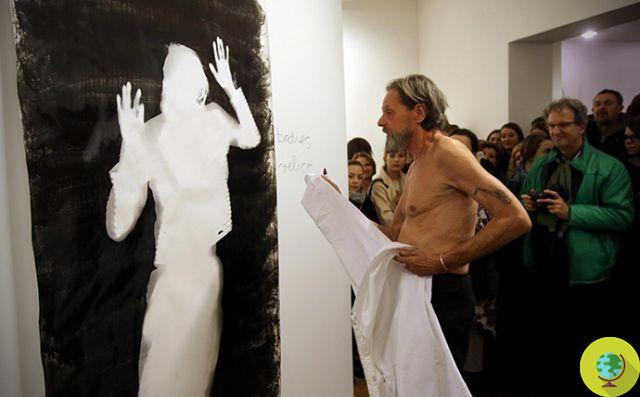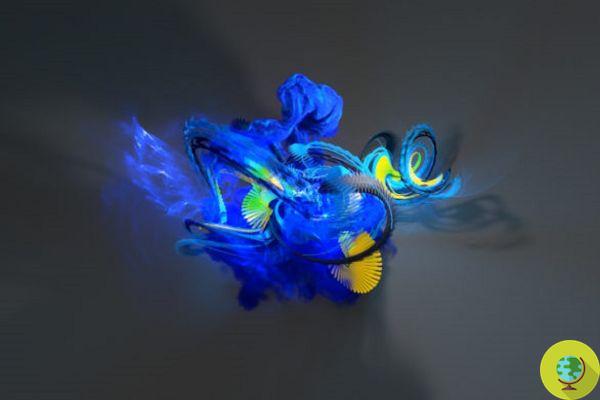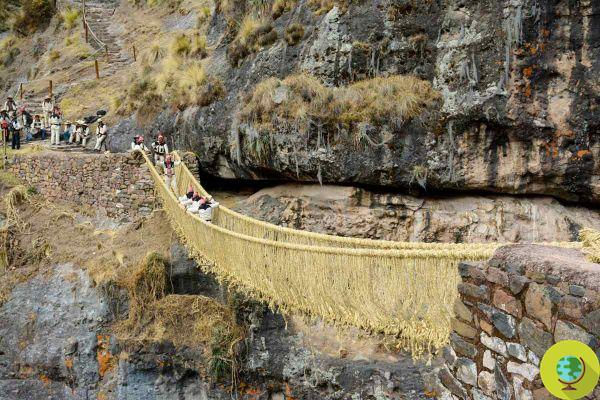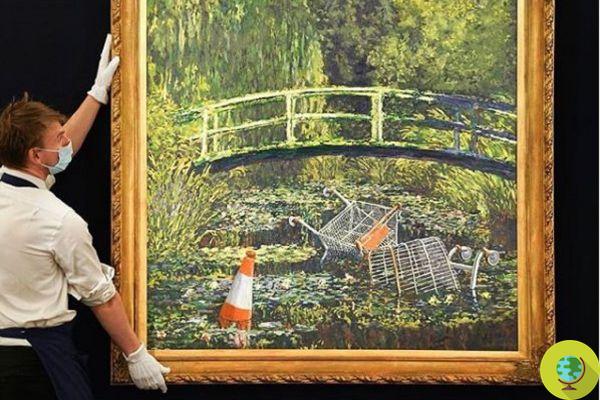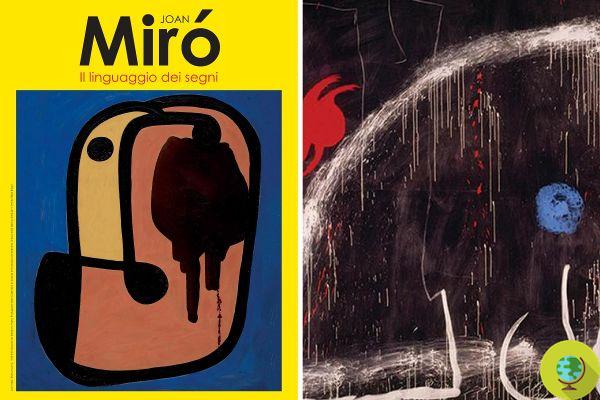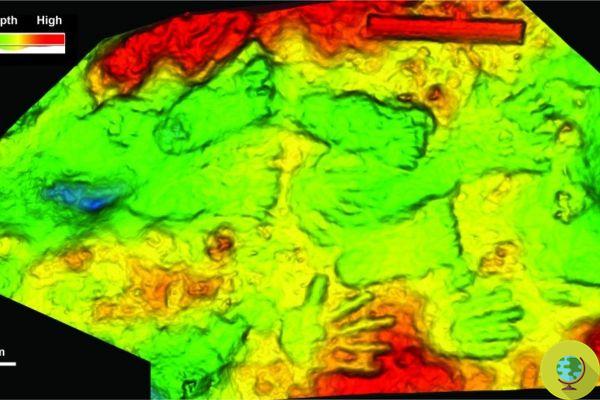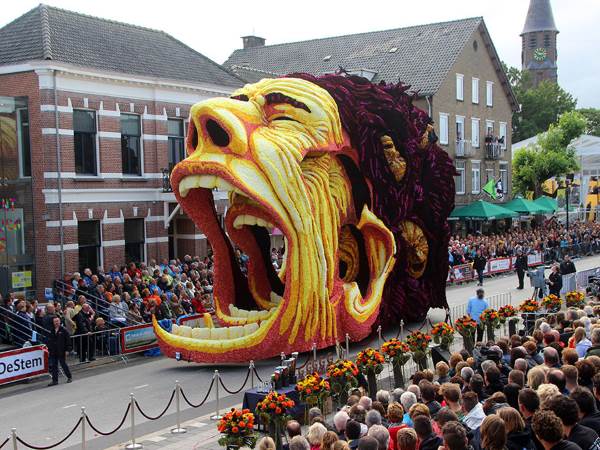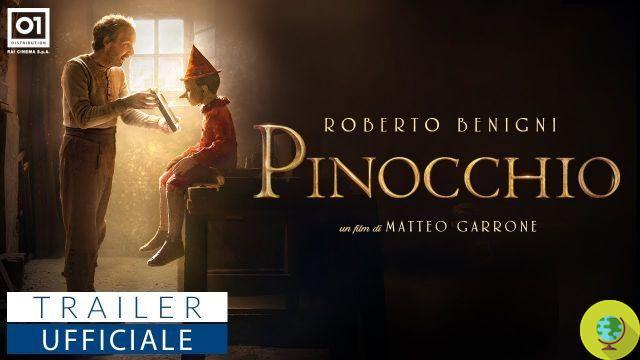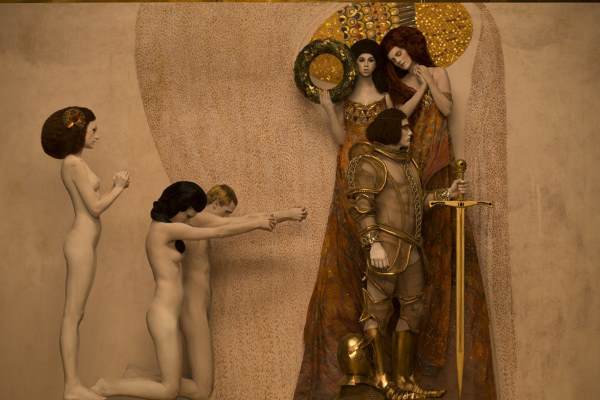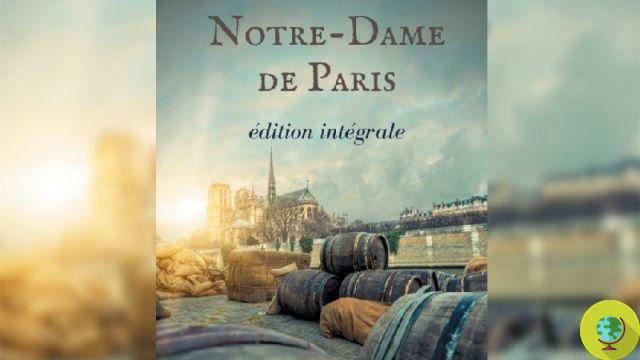
The discovery, which took place in 2015, provided archaeologists with useful information on the prehistoric lifestyle and traditions
Don't store avocado like this: it's dangerousThis small drum, made of plaster and finely decorated with relief motifs, represents the most important prehistoric work of art found in the last century in the United Kingdom and will soon be exhibited at the British Museum starting next February 17, to the delight of archeology enthusiasts.
The artifact dates back to about 5.000 years ago (it is the same age as Stonehenge) and was found in 2015 inside a funerary complex in East Yorkshire along with the remains of three children, a bone pin and a large ball. always made of plaster. The context of the find and the rest of the grave goods led archaeologists to think that it could be a toy for children.
(Read also: Snow: the remains of the oldest baby girl in Europe have been discovered, with her funeral trousseau)
The drum in question, called Burton Agnes Drum due to its proximity to the small parish from which it takes its name, has characteristics very similar to three other drums found in North Yorkshire in 1889, and called Folkton Drums (also from the name of the village closest to the place of discovery). The Folkton Drums have long remained a mystery to the archaeologists who have studied them, but now this new find could help understand the function of these artifacts.
Even though it was called "drum", it is unlikely that it was considered a musical instrument: the plaster of which it is composed does not have the resonance chamber typical of a percussion instrument and therefore the artefact does not make noise. It was probably a lucky charm for the three children who were buried with it - two of whom, the youngest, were holding hands at the time of the burial.
Scholars also try to decipher the meaning hidden in the articulated decorative motifs of the drum - which it is hypothesized may be of religious origin. What is particularly fascinating is the fact that very similar artifacts have been found in different counties: this double find could therefore also provide useful information on the artistic and technical influences of prehistoric communities.
Whilst excavating the grave, Alice came across the chalk drum, and immediately knew that this was something VERY special.
Three children were found with the Burton Agnes Drum once the grave was excavated.
Radiocarbon dating would later show they were buried around 3,000 BC. pic.twitter.com/vPinf3tgeP
— Allen Archaeology ? (@allenarchaeo) February 11, 2022
Follow your Telegram | Instagram | Facebook | TikTok | Youtube
Source: BBC
We also recommend:
- Archaeologists have found a 1.000-year-old chicken egg (and still intact!)
- Exceptional archaeological discovery in Herculaneum: found the skeleton of a man fleeing the eruption of Vesuvius








